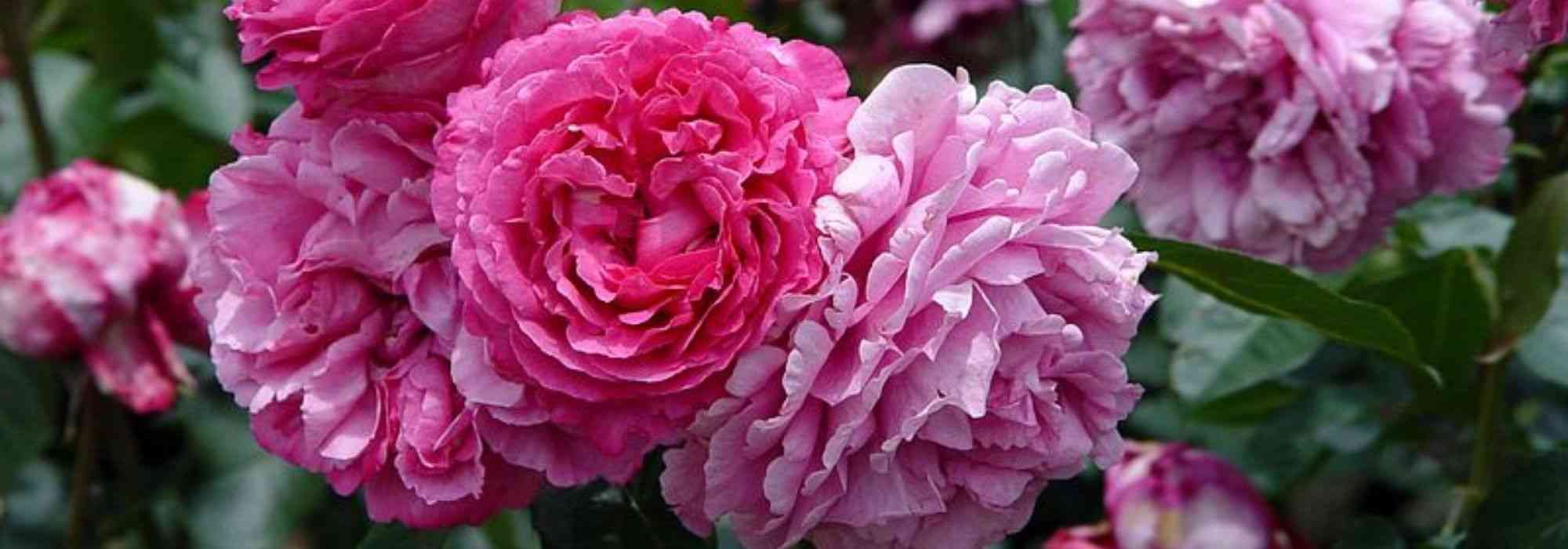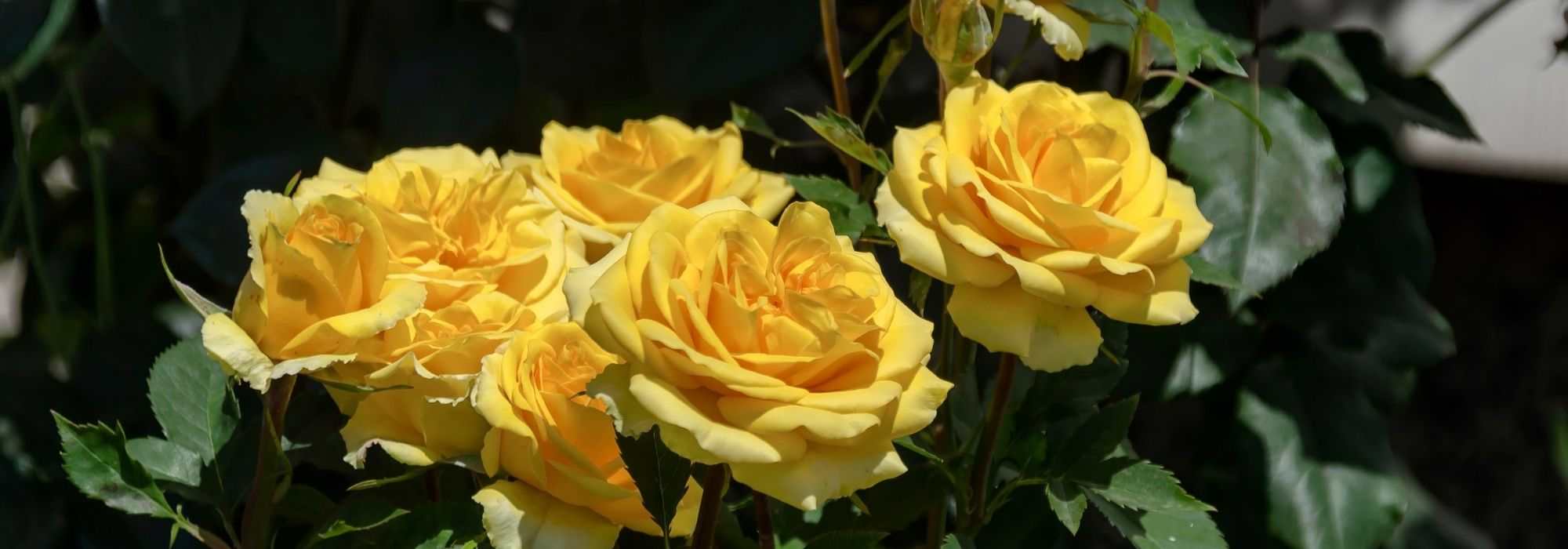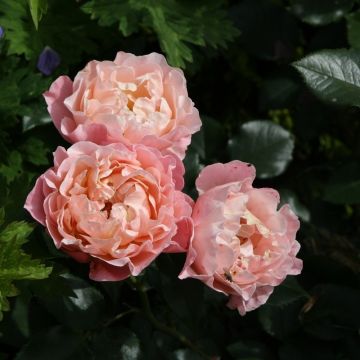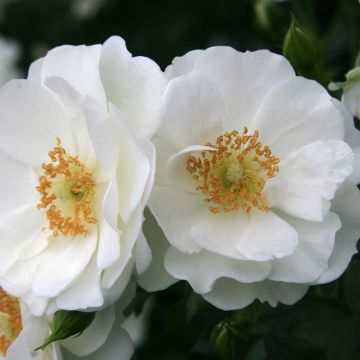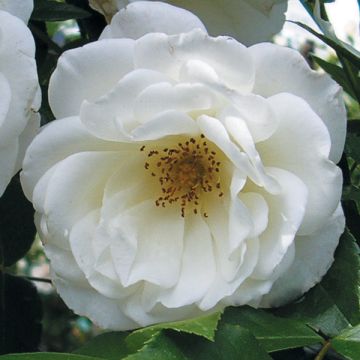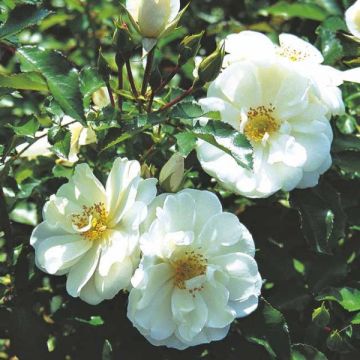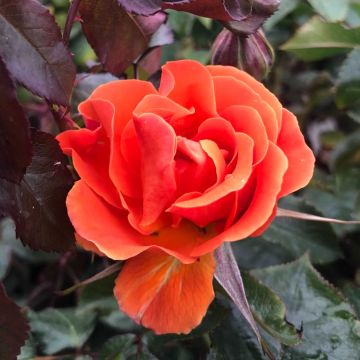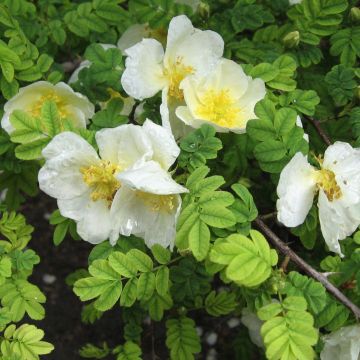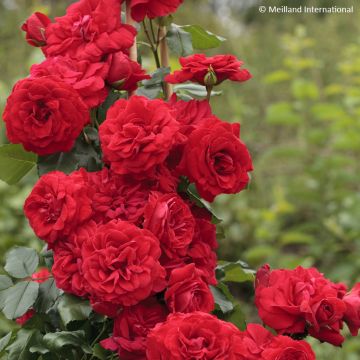

Rosier à grandes fleurs Niharika®
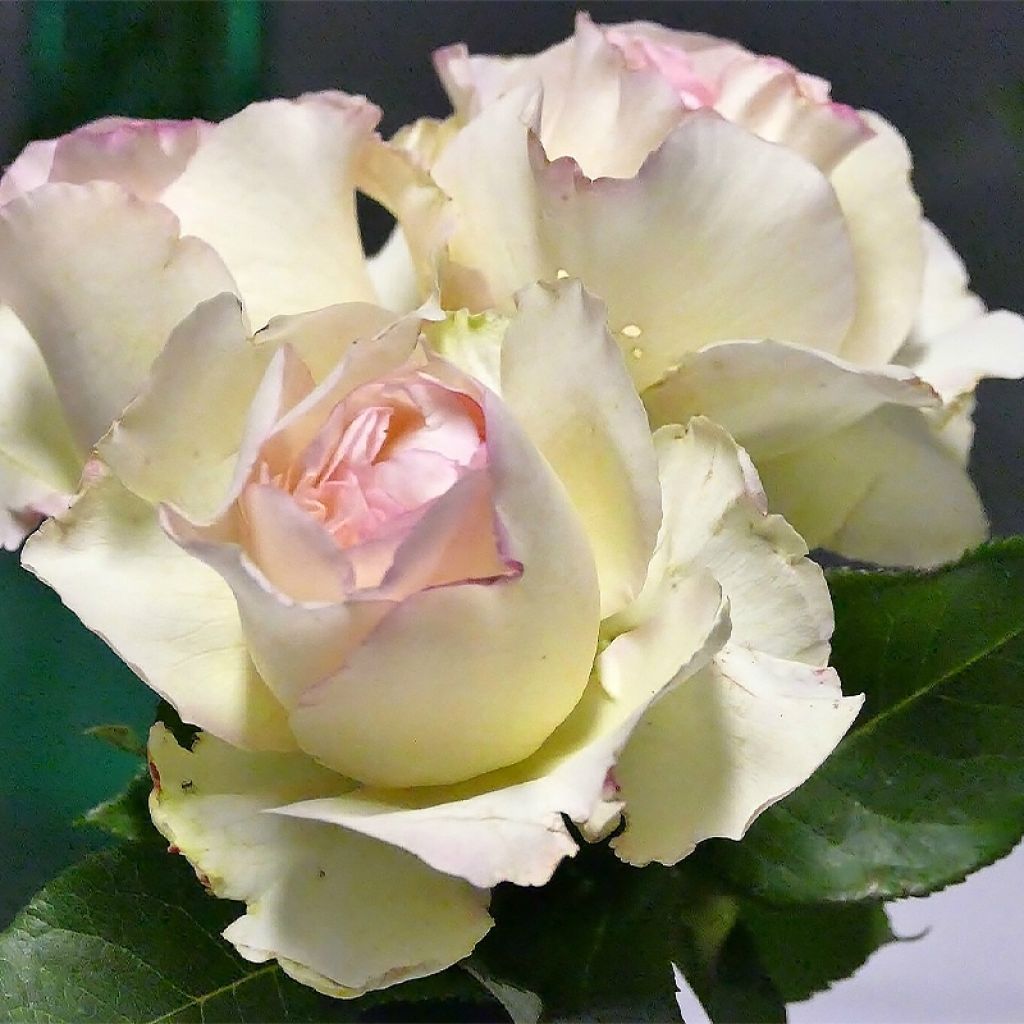

Rosier à grandes fleurs Niharika®
View more pictures
Hide images
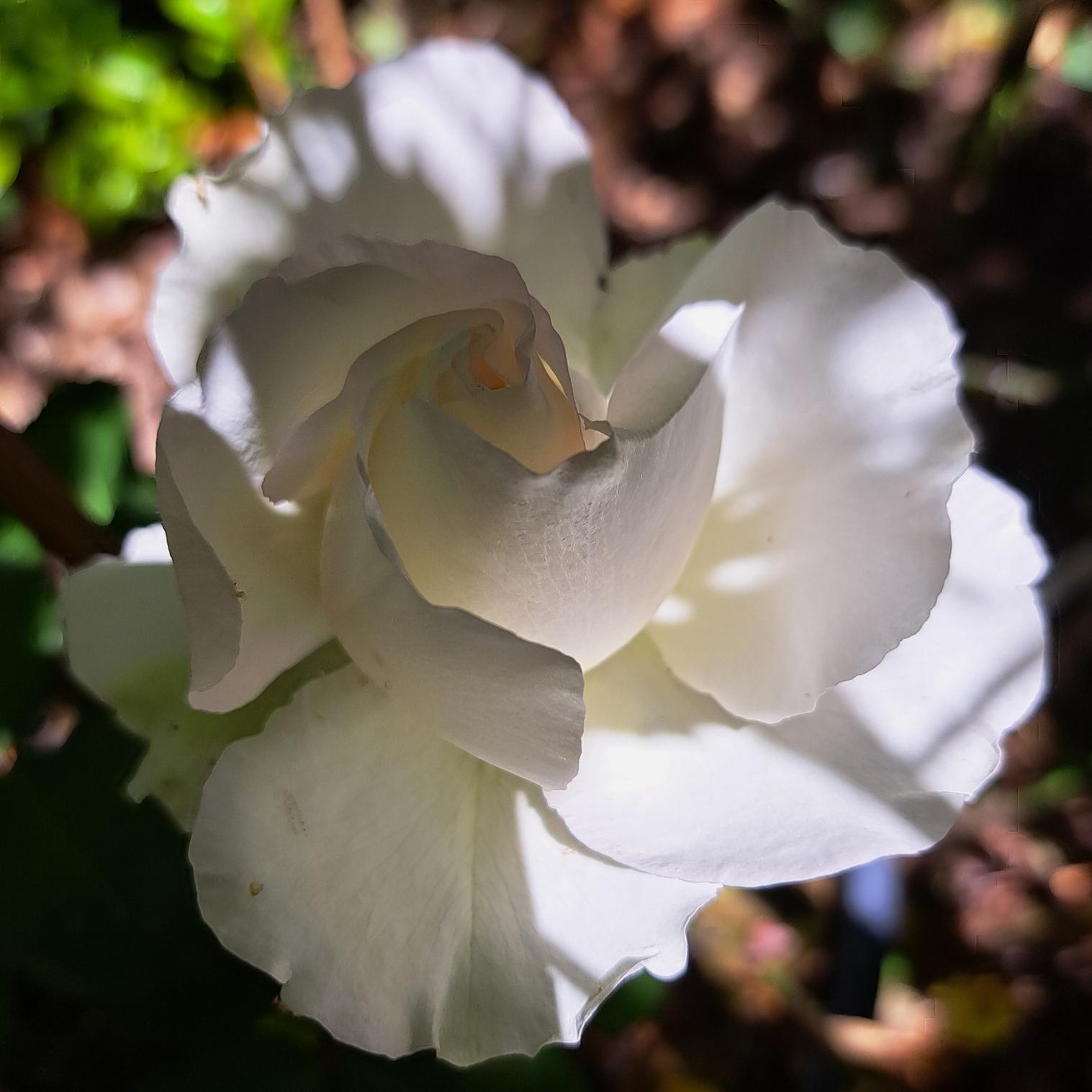
Thierry P.

Flowering in April - image 02
Thierry P. • 84 FR
Rosa Niharika
Rosa Niharika
Modern Hybrid Rose
Lovely rosebush, with big, highly fragrant roses!
Michèle , 22/08/2024
Special offer!
Receive a €20 voucher for any order over €90 (excluding delivery costs, credit notes, and plastic-free options)!
1- Add your favorite plants to your cart.
2- Once you have reached €90, confirm your order (you can even choose the delivery date!).
3- As soon as your order is shipped, you will receive an email containing your voucher code, valid for 3 months (90 days).
Your voucher is unique and can only be used once, for any order with a minimum value of €20, excluding delivery costs.
Can be combined with other current offers, non-divisible and non-refundable.
Home or relay delivery (depending on size and destination)
Schedule delivery date,
and select date in basket
We guarantee the quality of our plants for a full growing cycle, and will replace at our expense any plant that fails to recover under normal climatic and planting conditions.
Description
The Kazatchok Rose ® is a modern bush with refinement. Firstly, with the shape of its turbinated roses, beautifully complemented by a diaphanous colour, white edged with very pale pink, and secondly, with its enchanting fragrance. They bloom from June until the first frost on a bush dressed in a matte green foliage that remains beautiful throughout the season. A rose to indulge in for pleasure, but also an ideal and original gift for special occasions!
The Kazatchok Rose ® (Ora 72-09) was recently introduced to the market by the Orard Rose Nurseries, a family business located in Feyzin, near Lyon. It is classified as a modern hybrid tea rose, as evidenced by the turbinated shape of its flowers. Niharika is an Indian name evoking the fine veils of dew that momentarily veil misty mornings.
It is a perpetual flowering rose, blooming from June to October in successive waves. The plant forms a bushy, slightly upright habit, with rapid growth. It will reach approximately 90cm (35in) in height and 50cm (20in) in width. The flowers are globular and turbinated, well-structured, composed of white petals finely tinted with pale pink along the edges. Their fragrance is pronounced, especially in hot weather. The foliage, a fairly dark, matte green, is highly resistant to diseases and perfectly highlights the color of the roses. Deciduous, it falls in autumn and regrows in spring.
This Kazatchok Rose evokes calm and serenity. It will find its place in the garden in a large rose bed or as a standalone in a well-maintained garden. This variety also adapts very well to cultivation in a large pot to adorn the terrace or balcony. The plant adapts to all soils that are not too dry and all climates, tolerating both cold and heat, which allows it to be welcomed without reservation from the north to the south of our country, even at medium altitudes. It pairs perfectly with pink, purple, mauve, and red roses, as well as with pretty plants that are very easy to grow, such as perennial geraniums (Geranium 'Blue Cloud', 'Anne Folkard', 'Nimbus', 'Orion'), bellflowers (lactiflora, rapunculoides), catmints, cornflowers, foxgloves, phlox... Its flowers can be used to create elegant bouquets that delicately perfume the house.
Rosa Niharika in pictures
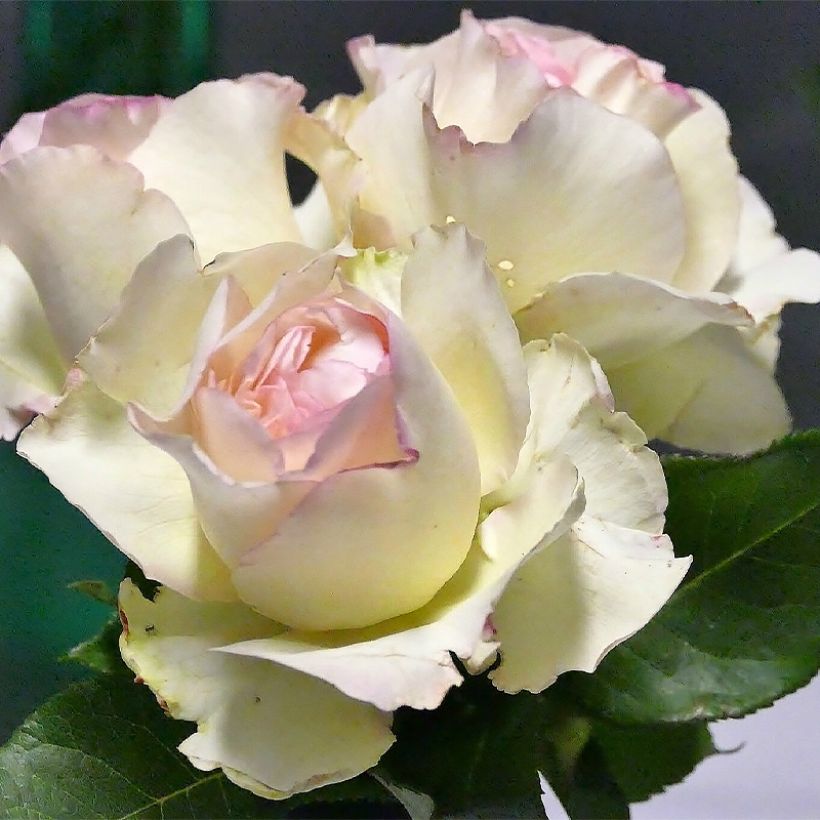

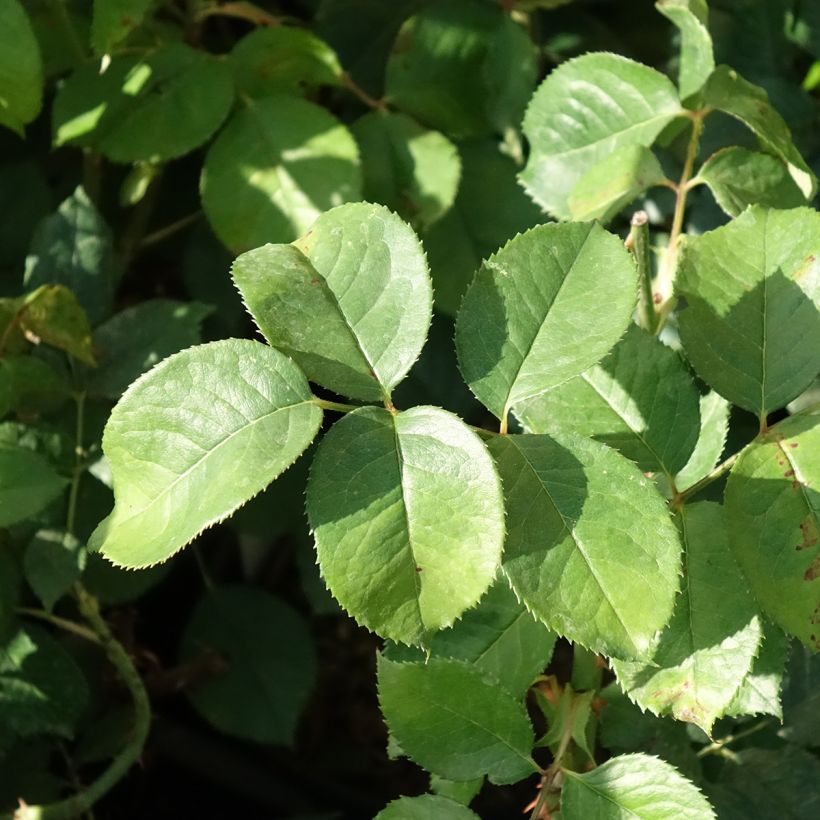

Plant habit
Flowering
Foliage
Botanical data
Rosa
Niharika
Rosaceae
Modern Hybrid Rose
Cultivar or hybrid
Planting and care
To plant your Kazatchok rose, prepare your soil to a depth of 40cm (16in) by crumbing the soil well and adding a base amendment such as dried blood or dehydrated horn. Position your plant by covering the top of the root ball with 3cm (1in) of soil, fill in the hole and water generously to eliminate air pockets. In dry weather, it is necessary to water regularly for a few weeks to facilitate root establishment. Also, remember to provide your rose with special rose fertilizer to stimulate flowering of the plants.
Planting period
Intended location
Care
Planting & care advice
-
, onOrder confirmed
Reply from on Promesse de fleurs
Similar products
Haven't found what you were looking for?
Hardiness is the lowest winter temperature a plant can endure without suffering serious damage or even dying. However, hardiness is affected by location (a sheltered area, such as a patio), protection (winter cover) and soil type (hardiness is improved by well-drained soil).

Photo Sharing Terms & Conditions
In order to encourage gardeners to interact and share their experiences, Promesse de fleurs offers various media enabling content to be uploaded onto its Site - in particular via the ‘Photo sharing’ module.
The User agrees to refrain from:
- Posting any content that is illegal, prejudicial, insulting, racist, inciteful to hatred, revisionist, contrary to public decency, that infringes on privacy or on the privacy rights of third parties, in particular the publicity rights of persons and goods, intellectual property rights, or the right to privacy.
- Submitting content on behalf of a third party;
- Impersonate the identity of a third party and/or publish any personal information about a third party;
In general, the User undertakes to refrain from any unethical behaviour.
All Content (in particular text, comments, files, images, photos, videos, creative works, etc.), which may be subject to property or intellectual property rights, image or other private rights, shall remain the property of the User, subject to the limited rights granted by the terms of the licence granted by Promesse de fleurs as stated below. Users are at liberty to publish or not to publish such Content on the Site, notably via the ‘Photo Sharing’ facility, and accept that this Content shall be made public and freely accessible, notably on the Internet.
Users further acknowledge, undertake to have ,and guarantee that they hold all necessary rights and permissions to publish such material on the Site, in particular with regard to the legislation in force pertaining to any privacy, property, intellectual property, image, or contractual rights, or rights of any other nature. By publishing such Content on the Site, Users acknowledge accepting full liability as publishers of the Content within the meaning of the law, and grant Promesse de fleurs, free of charge, an inclusive, worldwide licence for the said Content for the entire duration of its publication, including all reproduction, representation, up/downloading, displaying, performing, transmission, and storage rights.
Users also grant permission for their name to be linked to the Content and accept that this link may not always be made available.
By engaging in posting material, Users consent to their Content becoming automatically accessible on the Internet, in particular on other sites and/or blogs and/or web pages of the Promesse de fleurs site, including in particular social pages and the Promesse de fleurs catalogue.
Users may secure the removal of entrusted content free of charge by issuing a simple request via our contact form.
The flowering period indicated on our website applies to countries and regions located in USDA zone 8 (France, the United Kingdom, Ireland, the Netherlands, etc.)
It will vary according to where you live:
- In zones 9 to 10 (Italy, Spain, Greece, etc.), flowering will occur about 2 to 4 weeks earlier.
- In zones 6 to 7 (Germany, Poland, Slovenia, and lower mountainous regions), flowering will be delayed by 2 to 3 weeks.
- In zone 5 (Central Europe, Scandinavia), blooming will be delayed by 3 to 5 weeks.
In temperate climates, pruning of spring-flowering shrubs (forsythia, spireas, etc.) should be done just after flowering.
Pruning of summer-flowering shrubs (Indian Lilac, Perovskia, etc.) can be done in winter or spring.
In cold regions as well as with frost-sensitive plants, avoid pruning too early when severe frosts may still occur.
The planting period indicated on our website applies to countries and regions located in USDA zone 8 (France, United Kingdom, Ireland, Netherlands).
It will vary according to where you live:
- In Mediterranean zones (Marseille, Madrid, Milan, etc.), autumn and winter are the best planting periods.
- In continental zones (Strasbourg, Munich, Vienna, etc.), delay planting by 2 to 3 weeks in spring and bring it forward by 2 to 4 weeks in autumn.
- In mountainous regions (the Alps, Pyrenees, Carpathians, etc.), it is best to plant in late spring (May-June) or late summer (August-September).
The harvesting period indicated on our website applies to countries and regions in USDA zone 8 (France, England, Ireland, the Netherlands).
In colder areas (Scandinavia, Poland, Austria...) fruit and vegetable harvests are likely to be delayed by 3-4 weeks.
In warmer areas (Italy, Spain, Greece, etc.), harvesting will probably take place earlier, depending on weather conditions.
The sowing periods indicated on our website apply to countries and regions within USDA Zone 8 (France, UK, Ireland, Netherlands).
In colder areas (Scandinavia, Poland, Austria...), delay any outdoor sowing by 3-4 weeks, or sow under glass.
In warmer climes (Italy, Spain, Greece, etc.), bring outdoor sowing forward by a few weeks.



































